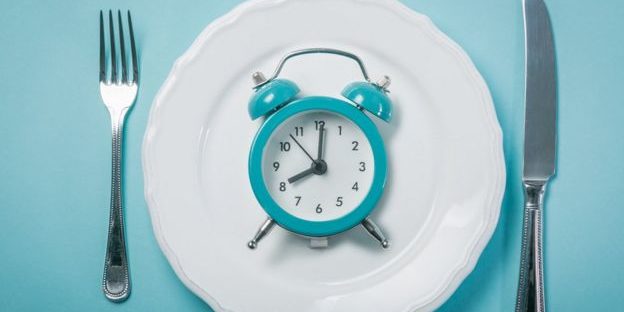
Sharon Crost
Immersive Wellness Innovator
What if you could rejuvenate your health and cells in your body, for “less-than-free”? This sounds a bit like a sales pitch, but there is some impressive science behind it. Let’s think about the process of recycling and in this context, cell recycling. In scientific terms there is a concept called “autophagy”, which I’ll refer to as self-recycling.
Autophagy has had a nice place in the spotlight in recent years, as it featured in the 2016 Nobel Prize when Yoshinori Ohsumi was honoured for his discoveries in the autophagy mechanisms for degrading and recycling cellular components.
The autophagy mechanism is exciting research with many potential future implications. Think about the concept of “feast and famine”. When we feast appropriately, we can stimulate growth processes and in famine our bodies can build a recycling response to the stresses of calorie restriction. This is a similar dichotomy, in my view, to exercise and recovery. When we exercise we challenge our muscles and, then, in recovery we rebuild and repair.
Self-recycling can be an interesting response to stress cycles that we can potentially stimulate by fasting or a fasting-mimicking diet. In a fasting cycle, the body can use self-recycling to eliminate damaged proteins, a quality control process that is critical for counteracting the negative consequences of aging.
I have been integrating intermittent fasting into my weekly routine, and guess what – it saves a lot of money, time and energy as I restrict my eating period into a few hours a day. I’ll have 1 or 2 super healthy meals instead of my past 5 or more sugar-loaded eating sessions a day.
It’s a “less-than-free” tactic for rejuvenating cells, counteracting aging and boosting youthfulness. I look forward to going into more detail and sharing more about intermittent fasting in future articles. For now, look up more on “autophagy” and consider how this concept can potentially have a place in your future wellness routines!
Sharon Crost.





